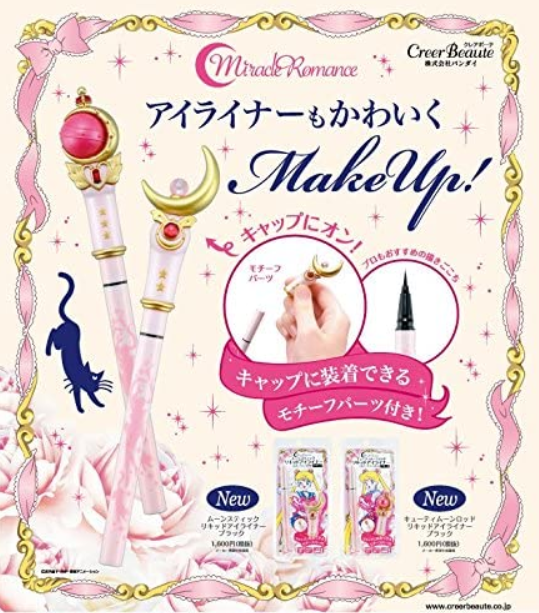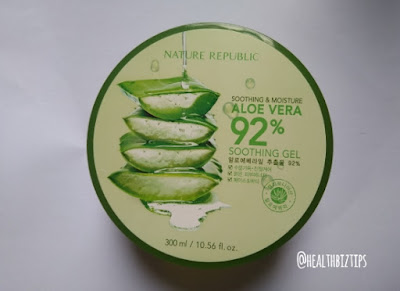Tilapia skin: the New Player in Burn Treatment
Burn injury is a health issue across the globe, leaving thousands to millions of victims devastated. In search for better ways to combat the ever increasing healthcare cost and come up with better treatment options, researchers explore the use of tilapia skin as a new promising technique to speed up healing of burn and decrease the need for pain medication.
@healthbiztips by Arlene Gentallan
Researchers in Brazil took advantage of the abundance of the freshwater fish "tilapia" in their country to uncover a new promising alternative treatment in the care of burn victims. They use medical grade sterilized tilapia skin to debride wounds caused by burn, substituting the conventional burn treatment composed of gauze and sulfadiazine cream.
They use tilapia skin to debride second and third degree burns. Tilapia skin is rich in marine collagen peptide which is easily absorbed into the burned area to aid in wound healing.
Advantages of Tilapia Skin for Treatment of Burn:
Unlike gauze, tilapia skin keeps the burned area moist for a longer time. Keeping the burned area moist facilitates wound healing.
This new methodology offers hope in regions and countries where debridement using human skin and pig skin are not accessible.
Tilapia skin vs. conventional treatment for burns
In convectional treatment using gauze and sulfadiazine cream, burn victims experience excruciating pain considering that gauze debridement has to be replaced everyday to prevent infection. The gauze is unable to retain moisture so it dries up, adhering to the burned area. Meanwhile, tilapia skin used to debride burn wounds can last for up to 11 days before it needs to be changed or removed.
The utilization of tilapia skin eliminates this painful part of changing wound dressing since tilapia skin can last in less severe wounds until the wound heals. In more severe burns, tilapia skin debridement can be changed less frequently.
Using tilapia skin to debride burn wounds is huge breakthrough because it contains potent components like collagen that can actually make burned area heal faster.
Types of Burns
There are generally 3 types of burns based on area of involvement.
First-degree burn affects the epidermis which is the superficial layer of the skin. It is marked by redness and pain on the skin, but without an appearance of blister. Example of first-degree burn is sunburn.
Second-degree burn (aka. partial thickness burn) involves the epidermis and the dermis. The burned area appears inflammed (with presence of redness, swelling, and pain) and with blisters.
Third-degree burn (aka. full thickness burn) penetrates the entire layer of the skin and can involve underlying tissues like fats, muscle and bone. The area affected by third-degree burn is painless because underlying nerves have been destroyed. The area appears charred or white.
Using tilapia skin as a debridement for burn holds promise and hope. Clinical trials shows it's potentiall application for a larger population.
 |
| Did you know that tilapia skin has higher amount of collagen type 1 and 3 compared to human skin. |
@healthbiztips by Arlene Gentallan
Researchers in Brazil took advantage of the abundance of the freshwater fish "tilapia" in their country to uncover a new promising alternative treatment in the care of burn victims. They use medical grade sterilized tilapia skin to debride wounds caused by burn, substituting the conventional burn treatment composed of gauze and sulfadiazine cream.
They use tilapia skin to debride second and third degree burns. Tilapia skin is rich in marine collagen peptide which is easily absorbed into the burned area to aid in wound healing.
Advantages of Tilapia Skin for Treatment of Burn:
- Promotes faster wound healing
- Relieves burn pain
- Reduces the need for pain medication
- Keeps the burned area moist
- Prevents wound infection
- Tilapia skin contains high amounts of collagen type 1 and 3 which gets absorb easily into the burned area.
Unlike gauze, tilapia skin keeps the burned area moist for a longer time. Keeping the burned area moist facilitates wound healing.
This new methodology offers hope in regions and countries where debridement using human skin and pig skin are not accessible.
Tilapia skin vs. conventional treatment for burns
In convectional treatment using gauze and sulfadiazine cream, burn victims experience excruciating pain considering that gauze debridement has to be replaced everyday to prevent infection. The gauze is unable to retain moisture so it dries up, adhering to the burned area. Meanwhile, tilapia skin used to debride burn wounds can last for up to 11 days before it needs to be changed or removed.
The utilization of tilapia skin eliminates this painful part of changing wound dressing since tilapia skin can last in less severe wounds until the wound heals. In more severe burns, tilapia skin debridement can be changed less frequently.
Using tilapia skin to debride burn wounds is huge breakthrough because it contains potent components like collagen that can actually make burned area heal faster.
Types of Burns
There are generally 3 types of burns based on area of involvement.
First-degree burn affects the epidermis which is the superficial layer of the skin. It is marked by redness and pain on the skin, but without an appearance of blister. Example of first-degree burn is sunburn.
Second-degree burn (aka. partial thickness burn) involves the epidermis and the dermis. The burned area appears inflammed (with presence of redness, swelling, and pain) and with blisters.
Third-degree burn (aka. full thickness burn) penetrates the entire layer of the skin and can involve underlying tissues like fats, muscle and bone. The area affected by third-degree burn is painless because underlying nerves have been destroyed. The area appears charred or white.
Using tilapia skin as a debridement for burn holds promise and hope. Clinical trials shows it's potentiall application for a larger population.







